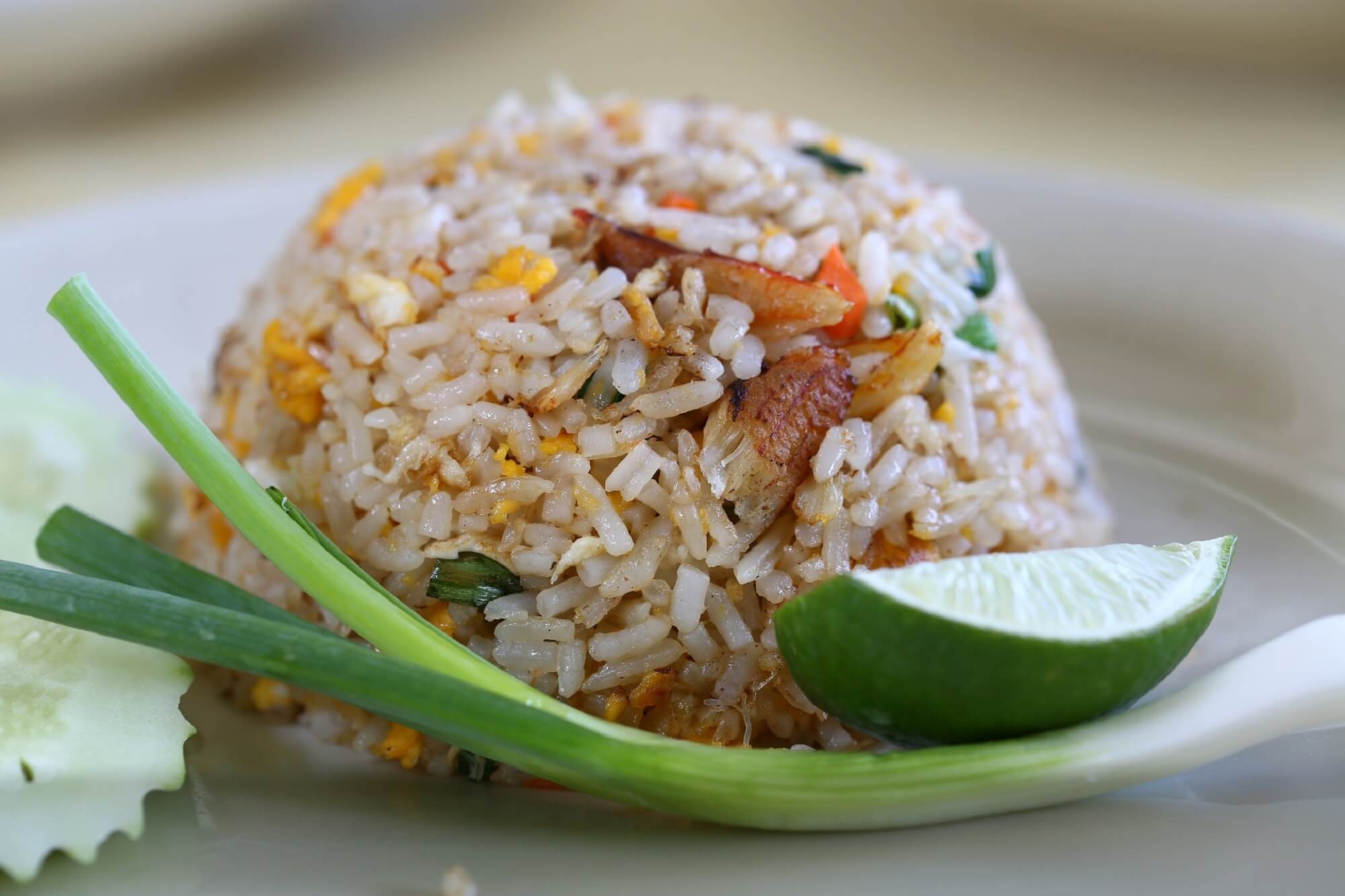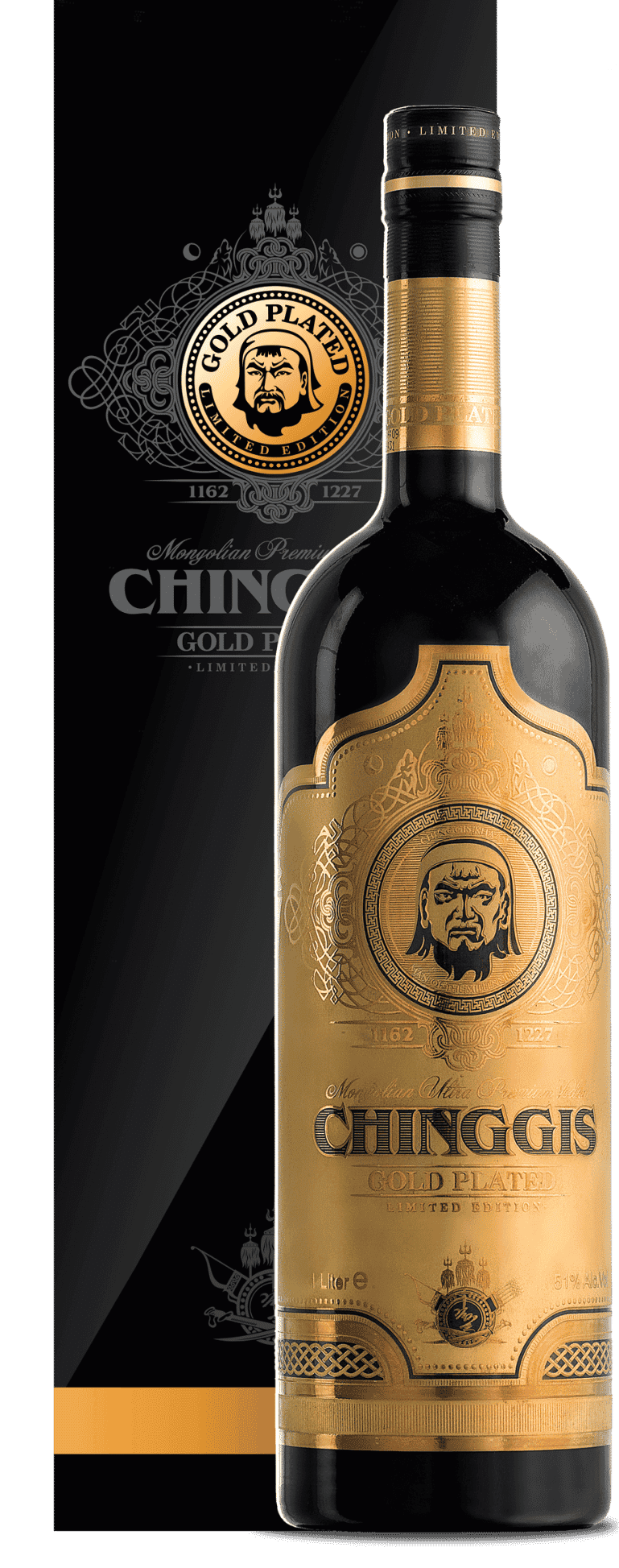Mongolian cuisine is not as widely known as some other international cuisines, but it offers a unique and flavorful culinary experience that should not be missed. When it comes to desserts, Mongolian cuisine has some delectable treats that are sure to satisfy your sweet tooth.
In this article, we will take you on a journey through the world of Mongolian desserts, giving you a taste of the 3 most delicious delights that await you and how to make them.
The Sweet Cheese Treat: Khailmag
Khailmag is a delectable dessert that is a staple in Mongolia. It is made using Urum, which is a caramelized clotted cream.
To prepare Khailmag,
- The Urum is heated in a pan until the fat separates from the solid components.
- Sugar and flour are then added to the mixture, which is cooked on the stove until it becomes a thick and heavy paste.
- The liquid fat is then scooped away, and the Khailmag is served in a bowl.
Khailmag is typically eaten with a small spoon, similar to a creme or pudding. While it has a taste similar to Creme Brulee, Khailmag is thicker and has a rougher texture. The scooped liquid fat, which is called “Shar Tos” or yellow butter, can be used as a fuel for candles on the altar in the yurt.
Additionally, it may be used for frying Khuushuur, a deep-fried large dough pocket filled with minced meat, to honor a special guest, or for roasting the flour that goes into the rice tea.
Khailmag is a delicious and unique dessert that is enjoyed by many in Mongolia. The combination of caramelized Urum, sugar, and flour creates a heavenly taste that is both sweet and savory. It is a perfect treat to indulge in after a hearty meal or to share with loved ones during special occasions.


Mongolian sour milk sweets: Aaruul


We, Mongolians are known for our various dairy products thanks to our numerous sheep and cows. One of these products is called Aaruul, which is made by following a meticulous process.
- First, yogurt is boiled and then filtered through a cloth to make curd.
- This curd is then wrapped in another cloth and placed under a heavy rock to push out all the liquid
- Once the curd is drained, it is cut into small pieces using a string or molded into various shapes.
Curd is a rich source of protein and calcium, making it a nutritious addition to one’s diet. Aaruul, in particular, is excellent for digestion and can be stored for extended periods without spoiling. It is a one hundred percent dairy product, with no additives, making it more nutritious than milk in some ways.
Aaruul has a sour taste, which may not appeal to everyone. However, sugar or vanilla can be added to enhance the flavor. Despite its taste, Aaruul is beneficial for one’s teeth, and it can be added to hot water, tea, or mutton soup to cure various health issues.
For instance, it is known to be effective in treating liver and spleen problems, relieving fatigue, and lowering blood pressure. Its versatility makes it a popular treat among Mongolians, and it has become a symbol of our culture.
Mongolian Cookies: Boortsog
Boortsog, a popular Mongolian treat, is more like fried dough than cookies. Often served as a dessert, Boortsog can be enjoyed with syrup, jam, honey, or even cheese. Some even compare them to doughnuts due to their fried texture.

To make Boortsog,
- Start by dissolving sugar and salt into warm water. In a bowl, mix flour, water mixture, and butter, and knead extensively to form a tough, dense dough.
- Add more flour or water if needed. Let the dough rest for about 30 minutes and then knead again to remove any air bubbles.
- Roll out the dough to a thickness of about 1/2 inch and cut it into rectangles about 2 x 4.
- Cut a slit in the middle and pull one end through to make a knot shape.
- Heat up oil in a frying pan and deep-fry the Boortsog until they turn golden brown on each side.
- Remove them from the pan and serve warm with Mongolian tea for a delightful snack.
Mongolian Boortsog is a delight to eat that once you start eating you will have a hard time stopping. Boortsog can be enjoyed on various occasions such as festivals, celebrations, or during daily tea times.
It is also a staple of Mongolian cuisine, especially in rural areas where it is a common snack. The versatility of Boortsog is impressive as it can be served with various accompaniments, making it a favorite of many.
Mongolian Milk Tea with Rice
Mongolian Milk Tea with Rice, known as “suutei tsai“ when made in its traditional form, is a staple beverage in Mongolia, often adapted into a light meal by the addition of grains like rice. This comforting drink combines the savory taste of salted milk tea with the substantial addition of rice, making it both nourishing and satisfying.

While not a dessert in the strictest sense, this sweetened version of the staple Mongolian milk tea often includes rice, millet, or noodles, making it a hearty and comforting treat.
Mongolian Milk Tea with Rice is often consumed throughout the day in a Mongolian household. It’s especially cherished during the cold months or as a comforting drink in the morning or evening. It not only warms up the body but also provides a substantial energy boost due to the added rice.
Ul Boov
A traditional cake made of layers of fried dough, arranged to form a sort of tower. It’s a staple at important celebrations like weddings and the Lunar New Year. The layers symbolize steps or levels of happiness.
The name “Ul Boov” translates to “shoe sole cake,” which describes the flat, elongated shape of the individual pieces. This dessert is not just food; it’s also a decorative symbol of respect and prosperity.

Cultural Significance:
Ul Boov is more than just a dessert; it is a symbol of hospitality and generosity. During Tsagaan Sar, the stacks of Ul Boov are arranged with an odd number of layers, which is considered auspicious. The highest layers of the stack are often reserved for ancestors and high-ranking guests, reflecting the deep respect embedded in Mongolian culture.
This dessert is admired for its subtle sweetness, crisp texture, and the artistry involved in its presentation, making it a centerpiece in significant celebrations.
Eezgii
“Eezgii” is another traditional Mongolian dairy product, primarily made from the dehydrated curds of yogurt. The process of making eezgii involves a careful procedure of drying the curds to create a hard, long-lasting food that can be consumed as a snack or used as an ingredient in various Mongolian dishes.

Eezgii can be eaten as is, providing a nutritious, high-protein snack. It can also be rehydrated and added to soups and stews, imparting a tangy flavor. In Mongolian cuisine, it’s often enjoyed with tea or crumbled into dishes to add texture and flavor.
Eezgii represents the ingenious ways in which traditional Mongolian cuisine adapts to the harsh, nomadic lifestyle by creating foods that preserve well and provide essential nutrients. This makes it not just a culinary item but a survival food, integral to the Mongolian way of life
Byaslag or Traditional Cheese
Byaslag is a traditional Mongolian cheese that is commonly made in the countryside and serves as a staple dairy product in many Mongolian households. It’s a fresh cheese, similar to farmer’s cheese or cottage cheese in texture and taste, but it can vary in saltiness and moisture content depending on the preparation methods.
Cultural and Culinary Significance:
Byaslag is often served alongside other traditional Mongolian foods such as boortsog (fried dough) or in various dishes that require cheese. It’s particularly popular during the Naadam festival and other celebratory occasions. The cheese is valued for its high nutritional content and is a crucial source of protein and fat, especially during the harsh Mongolian winters.

This cheese is not just a dietary staple; it also embodies the resourcefulness of Mongolian nomadic culture in preserving dairy products.
Related topics:
If you have questions about Mongolia, don’t hesitate to ask. I’ll be happy to help in any way that I can!




















